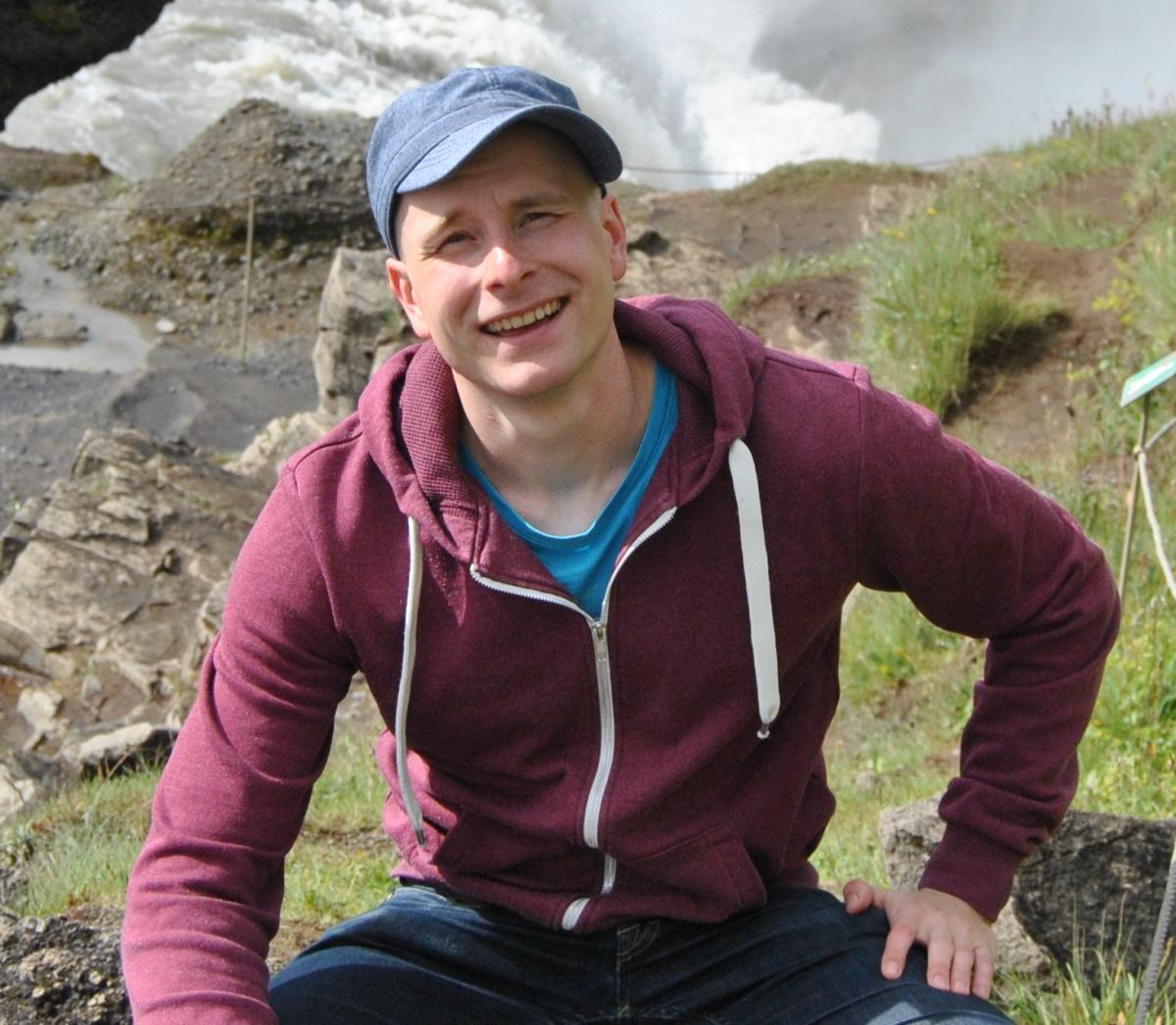One of the most important activities of the Nordic Volcanology Center is the research fellow program. Every year five young Scandinavian geoscientists are invited to do a research project in Iceland.
In 2014-2015 the following research fellows with the projects have been appointed:
| Name | Postition | Phone | |
| Gro Birkefeldt Moller Pedersen | NordVulk fellow | gro@hi.is | +354 525 4496 |
| Hera Guðlaugsdóttir | NordVulk fellow | heg1@hi.is | +354 525 4496 |
| Paavo Nikkola | NordVulk fellow | paavo@hi.is | +354 525 5476 |
| Sæmundur Ari Halldórsson | NordVulk fellow | saemiah@hi.is | +354 525 5484 |
|
Paavo Nikkola Background Research project
|
|
Sæmundur Ari Halldórsson I am a geochemist and igneous petrologist with strong interests in understanding the driving forces of magmatic activity in active volcanic systems, particularly oceanic islands and rift-related terrains. Before my arrival at Norvulk, I completed a Ph.D. in Earth Sciences from the Scripps Institution of Oceanography. I have worked on a wide array of research projects from contrasting tectonic settings around the globe, such as the igneous petrogenesis and radiogenic isotope geochemistry of Icelandic lavas but also the noble gas and stable isotope systematics of mantle-derived rocks and fluids in Indonesia and the East African rift system. At Nordvulk, I plan to undertake a systematic study of isotopic variations in postglacial basaltic volcanic products of the Western and the Eastern Rift Zones of Iceland with a focus on magma chamber processes and how they relate to eruptive style and temporal trends. The on-going Holuhraun Fires will clearly form an important part of my research activities while at Norldvulk, as I am deeply involved in issue concerning the petrology and geochemistry of the eruptive products of the Fires. |
| Hera Guðlaugsdóttir I have been fascinated by the paleoclimatic history found in polar ice cores ever since the beginning of my M.Sc. study at the University of Iceland. There I measured and analyzed the stable water isotopes δ18O and δ2H of a shallow ice core from NE-Greenland (NEEM) in collaboration with the Niels Bohr institute of Ice and Climate. I realized during this work that it combined my broad interests in science, partly explaining my B.Sc. background in microbiology and physics.
|
|
Bergrún Arna Óladóttir Background Project I did observe the Grímsvötn 2011 eruption, experienced the darkness during a heavy tephra fall and measured and sampled freshly fallen tephra. This direct tephra encounter gave me a new vision on tephra and my “pet project” these days is to observe what changes a tephra deposit goes through before it is incorporated in the soil and becomes a measurable tephra layer in soil sections. |
|
Gro Birkefeldt Møller Pedersen Background information: Research project(s) and interests: Why is Iceland/NordVulk the place to be for you? Hosting a variety of some the most spectacular geological sites in the world, Iceland have been a natural choice for continuation of my career and life. It is ideal for studying volcanoes, especially volcano-ice interactions, and it has amazing possibilities for outdoor reacreation is only minutes away from Reykjavík, which at the same time provide a broad selection of cultural events. Thus, there are many possible adventures and challenges to pursue while staying here and I must admit I have a hard time not enjoying every bit of it! |

